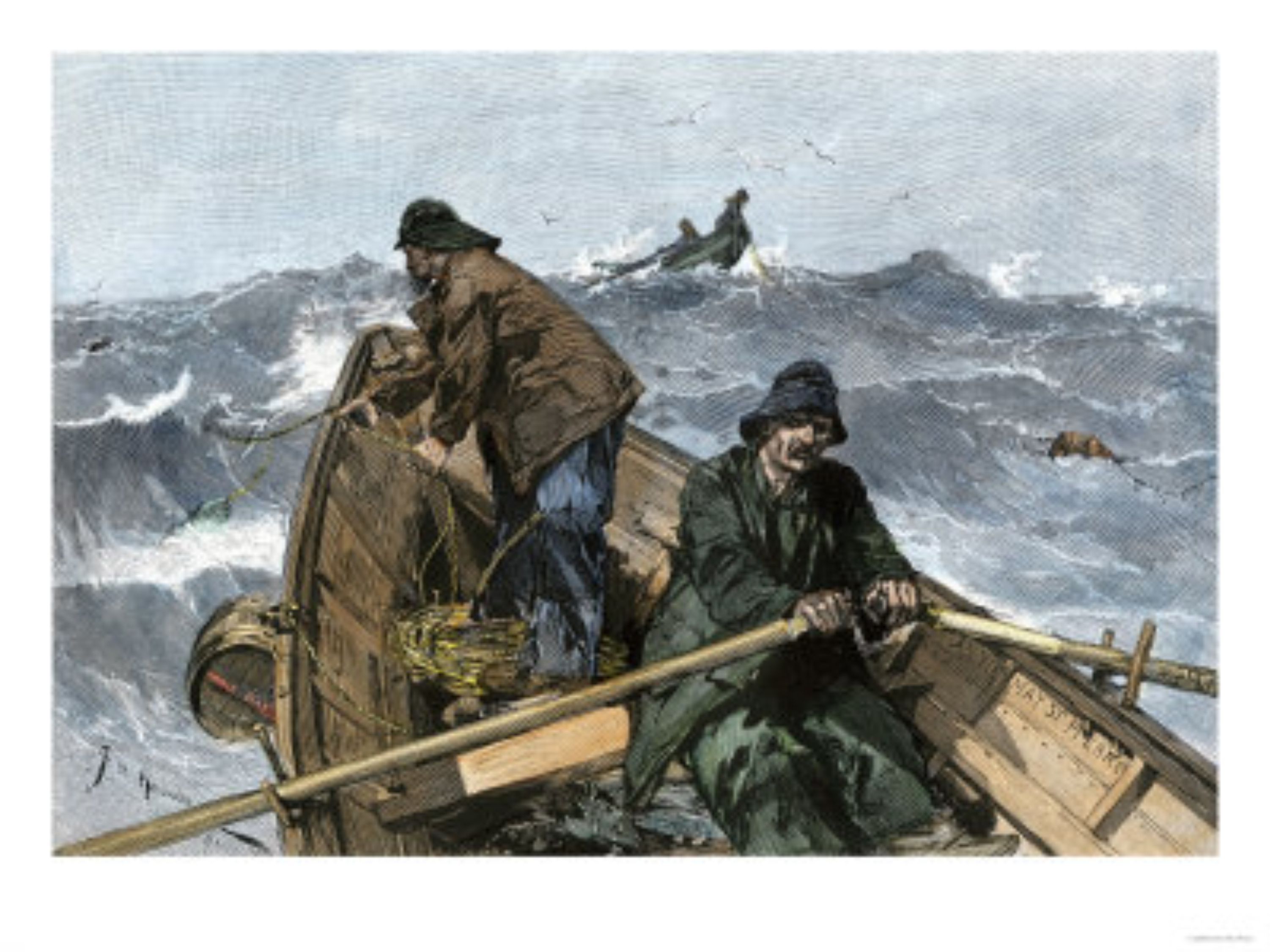The ocean floor contains several prominent topographic features which can be divided into two major categories: continental margins and deep-ocean basins.
Continental Margins: Continental margins refer to the areas where the edges of continents meet the oceans. Continental margins are covered by water and are composed primarily of continental crust. Continental margins have three distinguishing features: continental shelves, continental slopes, and continental rises.
- Continental Shelf: This is a flat zone just off the land’s edge that is usually less than 200 meters (approximately 650 feet) deep. It is made of continental crust. The location of a continental shelf can have major political and economic ramifications. The continental shelf off Newfoundland, for example, known as the Grand Banks, was once one of the most productive fishing grounds in the world before overfishing caused the fish stocks to collapse.
- Continental Slope: This is the relatively steep drop-off from the edge of the continental shelf to the floor of the ocean. The continental slope is considered to be the true edge of a continent since it marks the outer edge of the continental crust.
- Continental Rise: A gentle slope that consists of sediment that has moved down from the continental shelf to the ocean floor is called the continental rise.
In this activity you will investigate how far you are from the nearest continental shelf, as well as the distribution of continental and oceanic crust.
- Click here to see a topographic view of North America.
Locate where you live either by inspection or by using the search function.
- Click here to add in lines of latitude and longitude.
Use the measurement tool to determine the distance from where you live to the nearest ocean coastline along your line of latitude.
- How far away are you from the ocean? Answers will vary depending on your location.
- Click here to see an outline of the continental shelves.
Use the measurement tool to measure how wide the nearest continental shelf is to you (along your line of latitude).
- How wide is the nearest continental shelf to you? Answers will vary depending on where the nearest continental shelf is to you.
- Click here to return the topographic view of the world, with lines of latitude and longitude.
Select any line of latitude that you wish in the world. Use the measuring tool to measure the total length of land along your chosen line of latitude. (You may find it easier to go to the flat map projection for the remainder of this exercise.)
Now measure the total distance around the Earth along your chosen line of latitude.
- Calculate the percentage of land that exists along the line of latitude that you have chosen. Answers will vary depending on exactly what line of latitude was used.
- Land actually covers 29% of the Earth, with water covering the remaining 71%. How did your answer compare to this value of 29%? Answers will vary depending on exactly what line of latitude was used.
- Can you think of reasons why your answer might have been different from the accepted value of 29%? 29% is an average for the entire Earth. Since the amount of land varies greatly with the exact line of latitude, it is to be expected that there are variations in your answer when compared to the average.
- Click here to again show the outline of the continental shelves.
Repeat the exercise that you have just completed, but this time measure the total length of continental crust along your chosen line of latitude. (Remember that the continental shelves mark the true edges of continents.)
Calculate the percentage of continental crust that exists along your chosen line of latitude.
- Continental crust actually covers 40% of the Earth, with oceanic crust covering the remaining 60%. How did your answer compare to the actual value of 40%? Answers will vary depending on exactly what line of latitude was used.
- Why might your answer have been different from the accepted value of 40%? 40% is an average for the entire Earth. Since the amount of continental shelf varies greatly with the exact line of latitude, it is to be expected that there are variations in your answer when compared to the average.
